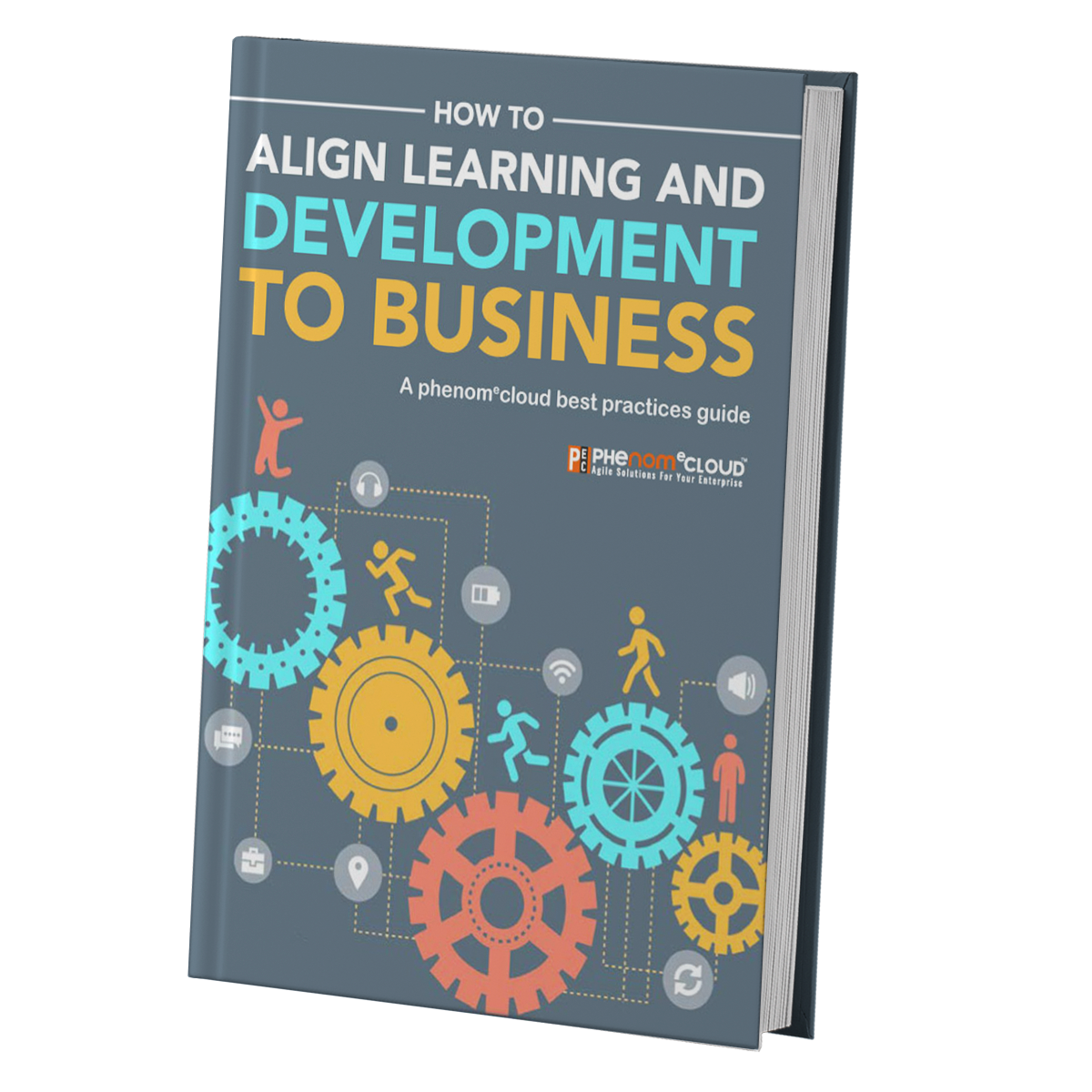
We are now well into the fourth industrial revolution. Advanced robotics, machine learning, predictive analytics, and additive manufacturing are becoming commonplace. As the cost of new technologies falls, the modern factory is no longer the exclusive domain of deep pockets. The advantages of data-driven manufacturing are now within reach of smaller operations. Every day brings new innovations.
We looked into four major trends McKinsey and Company identified last year. [1]
- Big data and the Internet of Things is making it easier to measure and analyze everything from molecular attributes of materials to the interstices between processes.
- Advanced analytics is not only changing the way companies make things, but also how, where, and when they get materials and resources. It is also changing the products they make by predicting consumer and business trends.
- The way people interact with machines is changing. Operators get real-time information through interactive and wearable devices, and can change designs on the fly.
- Additive manufacturing (3D printing) is making its presence known. Although most companies who use additive manufacturing only use it during the design and prototype phases, the number of companies using it for the entire manufacturing process is growing.
Learning is not optional
The traditional method of sending workers to offline training cannot keep pace with innovation. Rapid technology change requires learning delivered at the point and time of need.
Fortunately, e-learning has matured to where we can offer just-in-time training, job aids, and simulation on demand anywhere and anytime. These techniques shorten ramp-up time and improve performance, often at a lower cost than traditional training.
Our recommendations:
- Make sure you have a learning management system that meets your current and future needs. You may want to invest in mobile learning technology, or to embed delivery into workstation configuration. The low entry cost for modern cloud learning platforms makes a transition to a new system easier than in the past.
- Build a high-quality learning content capability, in-house or outsourced. Hundreds of high-quality e-learning content providers have sprung up to meet the demand, and you can enjoy economies of scale you may not match.
User adoption on the shop floor drives success
Technology change management has traditionally been difficult in manufacturing environments. Operations managers are reluctant to allocate production time for training. Users resist training unless they see a direct, tangible benefit. Often, there is no incentive except negative consequences.
In the past, most change management efforts were designed around communicating the benefits of a change. The idea is that when people understand the reasons new methods are better, they will adopt them, however grudgingly. CXOs sometimes think explaining the ROI is enough.
Try the Marketing Approach
A better approach is necessary, built on marketing principles. We have millions of data analyses that tell us how consumers react to new ideas and how we can shape their behavior. Let’s put that to work on the shop floor.
One foundation of good marketing is the knowledge that people do not decide based on logic and reasoning. We may consider relevant information, but we make decisions in the primitive part of our brains where emotions rule. In most cases, the rational mind justifies our emotional decisions after we make them.
When you are framing communications for your change, consider the emotional reactions that people will have, and how you can constructively appeal to the right emotions to pull users in the right direction.
It requires a multi-channel, multi-level approach. Each person has his or her unique perspective, but we can learn and analyze common traits to guide our efforts. Surveys may help, but nothing works better than spending time with people in the workplace. The more we learn, the better we can segment the workforce population and address their needs.
We can make a few conjectures based on what we know about people in their careers.
- A new tech school graduate may be interested in career development. The emotional trigger may well be the opportunity for growth.
- The mid-career journeyman might be interested only in financial incentives. Incentives don’t have to be large to be effective. Skill-based pay may be an option.
- A highly-paid old hand, five years from retirement, could be interested in leaving a legacy. Giving them a coaching opportunity might be beneficial. If your company has a retirement package or employee stock program, the same veteran will be invested in the long-term viability and competitive position of the enterprise.
The only way to know for sure you are on message is to spend time with your people. Learn what they care about, and help them achieve their goals. If you have a geographically dispersed organization, localize your efforts to make sure you are touching on the right motivators.
It all comes down to what we have known for over hundreds of years. People will join your team if you show them you care.
References:
1. Baur, Cornelius and Dominik Wee. “Manufacturing’s Next Act.” McKinsey and Company. June 2015.
Free eBook
Learn how you can make the connection between what people learn and how it impacts your organization.

PhenomᵉCloud is a comprehensive technology solutions provider committed to empowering businesses to overcome challenges, enhance their workforce capabilities, and achieve superior outcomes

Leave a Comment